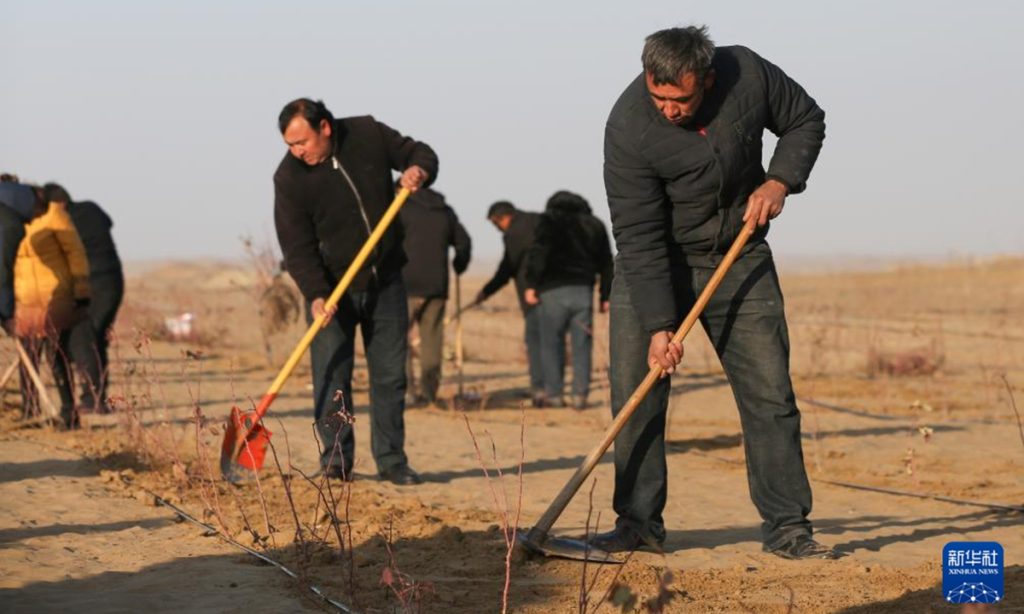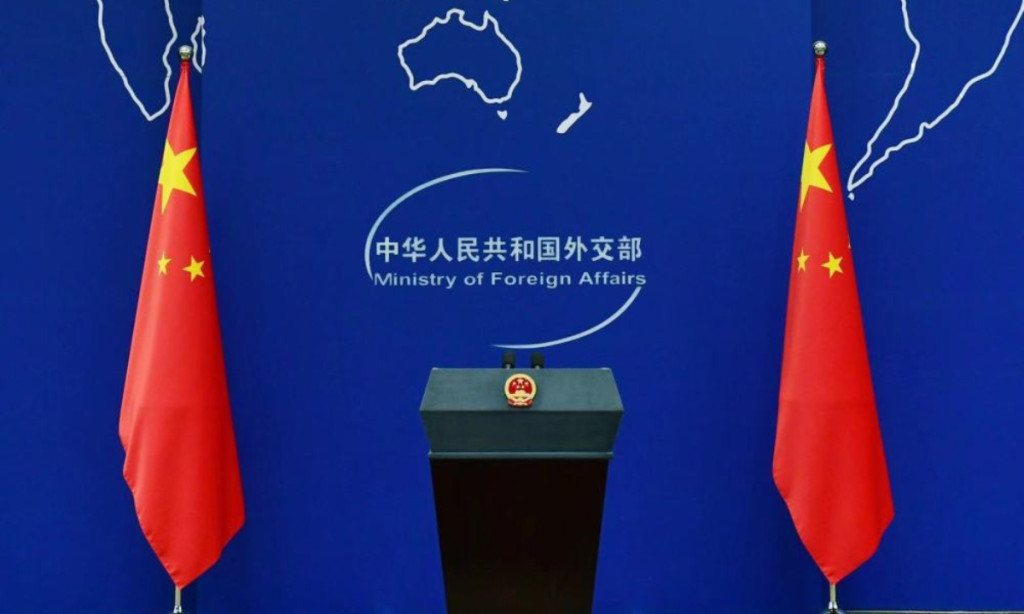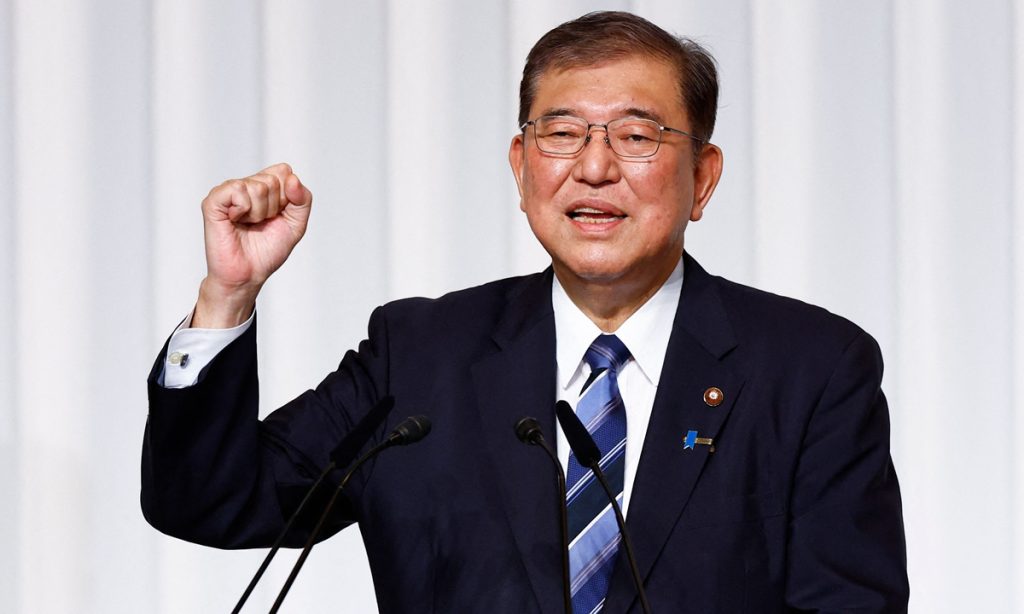China's largest desert fully enclosed by green barrier

The Taklimakan Desert, known as the "Sea of Death," has been completely encircled with a sand-blocking green belt stretching 3,046 kilometers, said local authorities in Northwest China's Xinjiang Uygur Autonomous Region, the Xinhua News Agency reported.
Satellite remote sensing images show that this is the world's longest green ecological barrier surrounding a desert, the Xinjiang Daily reported.
On Thursday morning, several plant species, including Populus euphratica (more commonly known as "desert poplar"), sacsaoul and red willow, were planted on sandy land in Yutian county on the southern edge of the desert, marking the completion of the final stretch of the green belt, according to the Xinjiang regional forestry and grassland bureau.
The Taklimakan covers 337,600 square kilometers and its circumference measures 3,046 kilometers, making it the largest desert in China and the second-largest drifting desert in the world, Xinhua said.
According to the Xinjiang Daily, the desert receives an average annual rainfall of approximately 50 millimeters, while evaporation rates surpass 2,500 millimeters.
There are three challenges to accomplishing this task, reported the China Central Television (CCTV). First, the large size of the desert poses the greatest challenge. It covers about 76 percent of the desert area in Xinjiang and about 49 percent of the national desert area. Of this, the area of mobile sand dunes measures about 258,400 square kilometers, and the highest part of the dunes can stretch up to about 300 meters, which is equivalent to a skyscraper with 100 floors.
Second, the dry climate and scarce precipitation make reforestation efforts more challenging. Third, dust storms formed by sand are a challenge.
Liu Yongping, a researcher at the Institute of Afforestation and Sand Control within the Xinjiang Academy of Forestry, said that the Taklimakan Desert is the area in China with the most intense sandstorm activity and the most severe sandstorm disasters. Under the influence of atmospheric circulation, it continuously threatens the oases and serves as a major source of dust and an upwind area in China, Liu added, according to the Xinjiang Daily report.
"It is a new miracle in China's efforts to combat desertification, such a large-scale project is unimaginable in other countries," Liu said, who has conducted research on desertification control efforts worldwide. Liu also noted that this green ecological barrier around the desert safeguards the ecosystem of southern Tianshan Mountain in Hami of Xinjiang, bringing favorable living and production conditions for local residents, and showcasing China's technological strength and organizational capability in ecological governance.
A 57-year-old Xinjiang resident specially traveled 20 kilometers to witness on-site completion, saying, "this green barrier will be sure to yield harvests for his family in the future," the Xinjiang Daily reported.
After the completion, Xinjiang will continue to strengthen and expand the green ecological barrier around the Taklimakan Desert, aiming to restore million 2.34 million hectares of decertified land by 2030, the report said.

